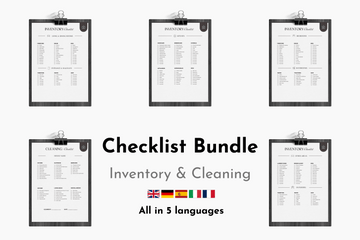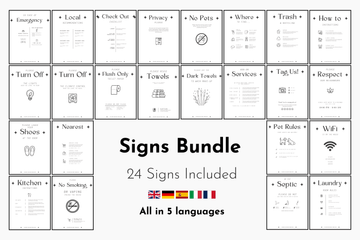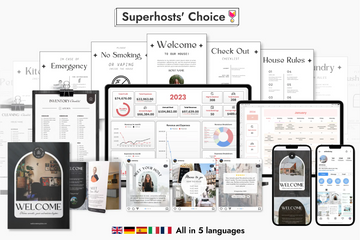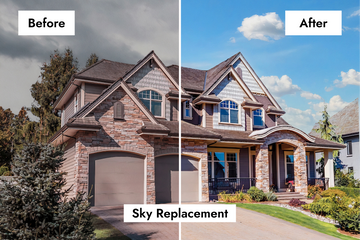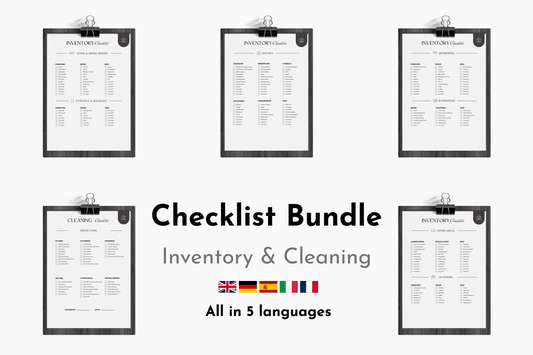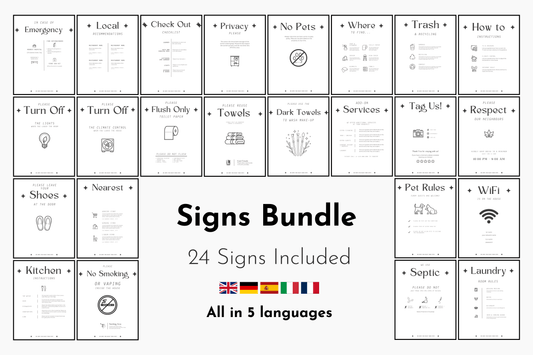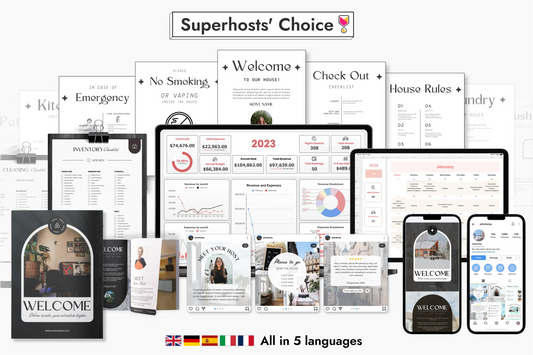As an Airbnb host, delivering exceptional guest experiences is key to ensuring positive reviews and return bookings. One of the most effective ways to continually improve your service is by implementing guest feedback loops. A feedback loop allows you to gather, analyze, and act on guest feedback in a systematic way, helping you fine-tune your hosting approach and address potential issues before they become major concerns. Here’s how you can use feedback loops to enhance your Airbnb listing and keep guests coming back.
What is a Guest Feedback Loop?
A guest feedback loop is a continuous process of collecting feedback from guests, analyzing it, and making improvements based on their input. The loop doesn’t end with gathering feedback; it also includes following up with guests, implementing changes, and then assessing how those changes impact future reviews. This cyclical process ensures that you’re always improving your service based on real, actionable data.
Why Guest Feedback is Crucial for Airbnb Hosts
-
Improve Guest Experience: Honest feedback helps you understand what aspects of your property or service are working well and which areas need improvement. Addressing these points will lead to higher guest satisfaction and more positive reviews.
-
Identify and Resolve Issues Early: Guest feedback allows you to detect potential issues that you might not be aware of. Whether it’s a malfunctioning appliance or unclear check-in instructions, these insights can help you fix problems quickly before they impact future guests.
-
Boost Your Airbnb Ranking: Airbnb’s algorithm favors listings with high ratings and consistent positive reviews. By continuously improving your offering based on guest feedback, you’re more likely to maintain a high rating, leading to better visibility on the platform.
-
Build Trust and Relationships: Responding to guest feedback, whether it’s positive or negative, shows that you care about their experience. This can build trust and foster loyalty, leading to repeat bookings and referrals.
Steps to Implement a Guest Feedback Loop
1. Collect Feedback Throughout the Guest Journey
Feedback should be gathered at multiple stages of the guest experience to ensure you get a holistic view of how guests feel about their stay.
-
Pre-Stay: After a guest books, send a message to set expectations and ask if there’s anything they’d like to make their stay more comfortable. This proactive step shows that you’re attentive and allows you to resolve any concerns early.
-
During the Stay: Midway through the stay, send a friendly check-in message asking if everything is going well. This gives guests a chance to report any issues while you still have time to address them. Some hosts use guest surveys for this purpose, but even a simple text message can suffice.
-
Post-Stay: Once the guest checks out, thank them for staying and kindly request their feedback. This is your chance to get more detailed insights into their experience. Encourage them to leave a review on Airbnb, but also ask if they have any private feedback that they’d prefer to share directly.
2. Encourage Honest Feedback
To get the most valuable feedback, you need to create an environment where guests feel comfortable sharing their thoughts. Be clear that both positive and constructive feedback are welcome and that you genuinely appreciate their input. You might include a message like:
"We hope you had a wonderful stay! If there’s anything we could do better or any suggestions you have for us, we’d love to hear it. Your feedback helps us continually improve and offer the best experience possible."
3. Analyze and Categorize Feedback
Once you’ve gathered feedback, the next step is to analyze it. Look for patterns and recurring themes. Categorize feedback into areas such as:
- Property condition: Cleanliness, maintenance, amenities
- Guest service: Communication, check-in process, responsiveness
- Location: Accessibility, neighborhood appeal, convenience
- Value for money: Pricing, perceived value of the stay
This categorization helps you prioritize the most critical areas for improvement.
4. Act on Feedback
The most important part of the feedback loop is implementing changes based on the feedback you receive. Not all feedback will require action, but recurring issues or suggestions should be addressed promptly. For example:
- If guests consistently mention that the Wi-Fi signal is weak, consider upgrading your router or adding a signal booster.
- If several guests suggest clearer check-in instructions, update your welcome guide with more detailed directions.
By acting on guest feedback, you show that you’re committed to improving their experience, which can lead to better reviews in the future.
5. Follow Up with Guests
After making changes based on feedback, it’s a good idea to follow up with recent guests who offered constructive criticism. This can be a short message letting them know you’ve made improvements:
"Thank you again for your feedback about the Wi-Fi. We’ve since upgraded our system, and we appreciate you helping us improve our listing for future guests!"
This extra step reinforces the value of their input and shows that you take their suggestions seriously.
6. Monitor Impact on Future Reviews
Once you’ve implemented changes, keep an eye on how those improvements affect future reviews. Are guests mentioning the positive changes you’ve made? Are certain issues no longer coming up? Tracking this progress ensures that your efforts are paying off and that you’re continuously moving in the right direction.
Best Practices for Handling Negative Feedback
-
Respond Promptly and Professionally: Negative feedback can be disheartening, but how you respond can turn a bad situation into an opportunity for growth. Acknowledge the guest’s concerns, apologize if necessary, and explain how you’ll address the issue. Staying professional and positive reflects well on you as a host.
-
Take Negative Feedback Offline: If a guest leaves a negative review, offer to continue the conversation privately. This not only helps you resolve the issue more effectively but also prevents a public back-and-forth that might deter potential guests.
-
Learn from Every Review: Every piece of feedback—positive or negative—offers a lesson. Rather than taking criticism personally, use it as a learning tool to improve your future guest experience.
Tools to Simplify the Feedback Process
There are several tools available to help streamline the feedback process:
- Airbnb’s Messaging System: Use Airbnb’s built-in messaging system to communicate with guests before, during, and after their stay.
- Google Forms or Typeform: Create a simple survey to send to guests post-checkout, allowing them to offer private feedback.
- Guestbook Apps: Some hosts use digital guestbook apps that include a feedback feature, providing an easy way for guests to leave comments on specific aspects of their stay.
Conclusion
Implementing guest feedback loops for your Airbnb can significantly enhance your property’s performance, resulting in better reviews, higher occupancy rates, and happier guests. By gathering feedback, analyzing it, making improvements, and monitoring the impact, you can ensure a continuous cycle of improvement that keeps your guests satisfied. Remember, the key to success is not just listening to your guests but actively using their feedback to create a better, more memorable experience.



